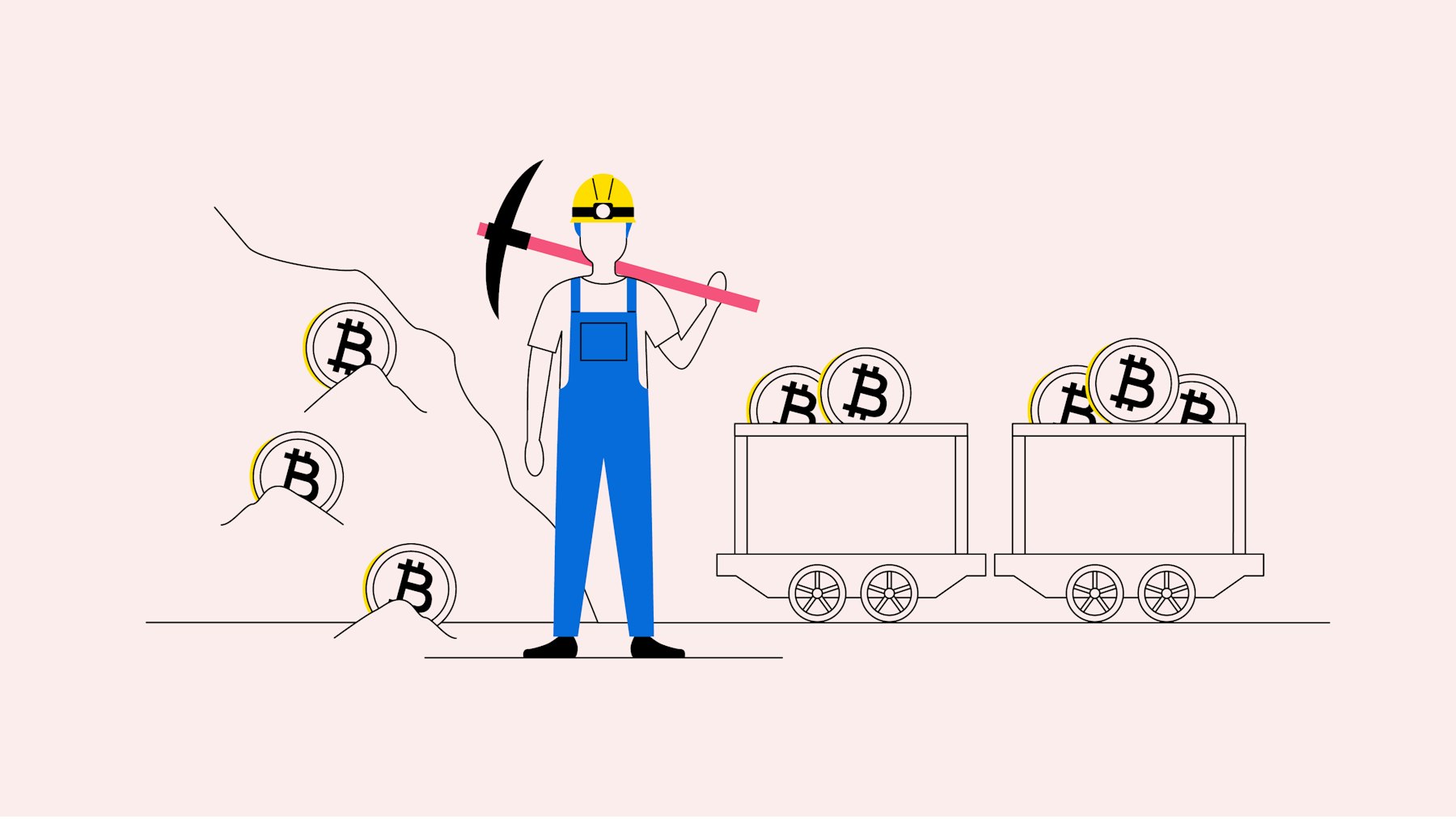Consensus in the blockchain
It’s always the longest version of the Bitcoin blockchain in existence that is recognised as the true Bitcoin blockchain. If a dispute on the rules for handling and validating transactions arises among the majority of participants in the network-operating miners, such a discussion may eventually result in an independent chain of a blockchain, a so-called fork.
Most of the time, however, miners have no real reason to break the rules because of the sheer cost in terms of both time and money required to mine continuously.
The Bitcoin network, and by extension, the Proof of Work consensus algorithm, has eliminated the need for users to vest their trust in a traditional bank. Instead of transactions being stored in one central location, such as a bank, transactions take place on a public network for everyone to view. Once completed, a transaction can never be reversed or modified.
When any amount of Bitcoin passes from one person to another, it is considered a transaction that the network needs to keep a record of.
The disadvantages of Proof of Work
As a process, Proof of Work has been historically slow in terms of the rate at which transactions are processed. The most common measure of Bitcoin transactions per second has been seven transactions, which is miniscule in comparison to the VISA network’s estimated 1,700.
Furthermore, vast amounts of energy are required for the mining process in the Bitcoin blockchain. In Germany, for example, mining just 1 (one) bitcoin carried an average cost of more than 12,000 euros in 2018. For this reason, miners try to improve their chances by joining mining pools. In some cases, cloud mining services may be the only viable option for the average user to participate in light of the resource-intensive process involved.
Another disadvantage of the Proof of Work process is that larger mining pools have more computational power at their access and thus greater chances of mining valid blocks, putting individual miners at disadvantage.
Protocols like the Lightning Network have the objective to improve the speed and scalability of the Bitcoin network. Currently only implemented in a very basic fashion, the Lightning Network is a second-layer protocol atop the Bitcoin network projected to take the pressure of large numbers of transactions away from the central Bitcoin blockchain.
Protocols like the Lightning Network have the objective to improve the speed and scalability of the Bitcoin network.
By enabling the setting up of payment channels between two parties on a separate layer for as long as needed, the Lightning Network is the reason that someday users could use Bitcoin to pay for a cup of coffee. At the same time, numerous companies are working on developing mining hardware running on renewable energy sources instead of traditional electricity.
The advantages of Proof of Work
Other mechanisms and algorithms may be superior to Proof of Work, however, Proof of Work is the most well established and time-tested against attacks in terms of the relative nascence of Bitcoin and blockchain technology. The high cost is also a factor in reinforcing consensus and deterring network participants from dedicating resources to alternative chains. Hence, chances are high that the Proof of Work algorithm will continuously be improved upon by developers to address its shortcomings.
